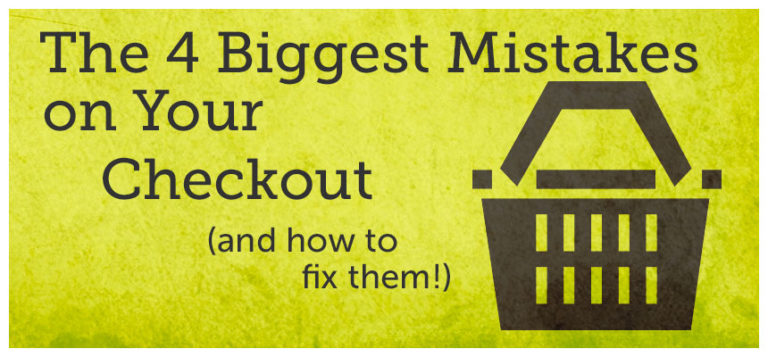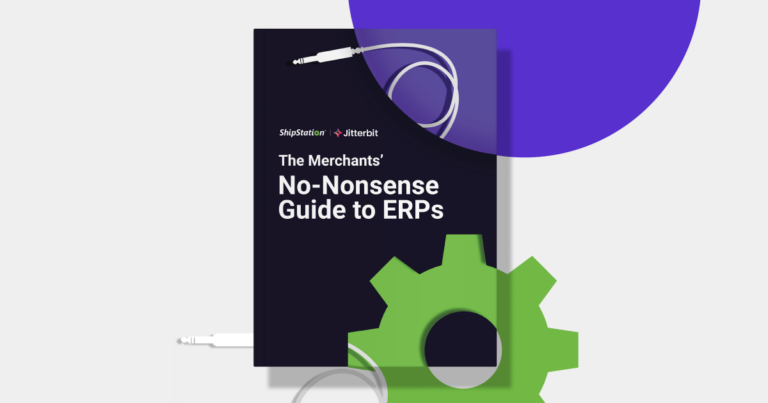The 4 Biggest Mistakes You Can Make with your Checkout

How long does it take for your customers to go through your checkout process? Think about the last time you went through the process at a new site. Did you get frustrated? Did you actually complete the purchase, end up purchasing it at a familiar vendor, or abandon the purchase completely? If you went through the process, you probably had to do something like this:
- Find the product.
- Choose the appropriate options.
- Add it to your cart.
- Choose between creating an account or checking out as a guest (if you’re lucky.)
- Enter in your shipping address.
Now, either:- Check “Also Bill To.”
- Enter a billing address.
- Find out the shipping cost and choose one.
- Enter in your credit card information. (Or go to someone else’s website to finish.)
- Get a confirmation.
Or maybe you had an experience like Google’s tongue-in-cheek parody video (very much worth the 2 min. watching time)
[youtube id=”3Sk7cOqB9Dk”]
You’re in the selling business. Whether it’s on eBay or Amazon and you can only control so much, to having your own site where you’ve got the world at your fingertips, people are going through your checkout. And they’re either loving it, tolerating it just enough to buy something, or becoming one of those people (abandoned). None of us want you to have those last types of customers.
1. Not Offering Multiple Payment Gateways
First, look at the payment gateways you use. Offering a number of options can help. PayPal + an on-page credit card gateway can encourage people familiar with PayPal to trust you without forcing all of your clientele there. Contrary to popular belief, not everyone has or uses their PayPal account. Obviously for eBay users, this is a bit different, but for an online store, letting a customer stay directly on your site should help with conversions.
2. Too Many Requirements
Next, streamline your checkout process as much as possible. Not requiring an account can help (again, mainly for e-commerce stores versus selling in a marketplace), but also having a single-page process will help, as well. It’s like reading a blog post. As soon as you get to the end of the page and realize that you have to load another page to get the rest of the content, you have a break. You feel disjointed. It’s a potential place where you can lose customers. Don’t take the chance.
3. High Shipping Prices
Then, look at your shipping costs. In ShipStation, it’s easy to look at reports of how much profit you’re actually making (or not making) on your shipping. Nobody likes high shipping costs, whether you’re paying them or your customers are. Offering discounted shipping rates by getting the best deals yourself can also help to deter customers abandoning their purchase. On the flip side, being up front and transparent about how much something will cost to ship (and why, especially if the product is weirdly shaped or especially heavy) can help with the “omg” moment customers may get when finally choosing a shipping method with these products in the checkout process.
4. Not Testing
Finally, (though there are tons more tips we could offer, since this topic can get crazy complex), test it. There’s a reason that there are A/B and multivariate testing websites like Google Analytics, Visual Website Optimizer, and KISSmetrics. Your initial intuition might contradict what your customers actually do. People work in different ways, and your particular demographic needs its own study.
No one will ever be able to tell you exactly what you need to do for your business. Since, after all, it’s your business. You’ve built something particular to your product line, your personality, and your demographic. So you’ll have to do the dirty work: get knee-deep in the raw data and work through it.
But don’t worry, it’s worth it. Once you look at that conversion rate start to rise, and the profit start coming in more heavily, you’ll thank yourself for all that hard work.


